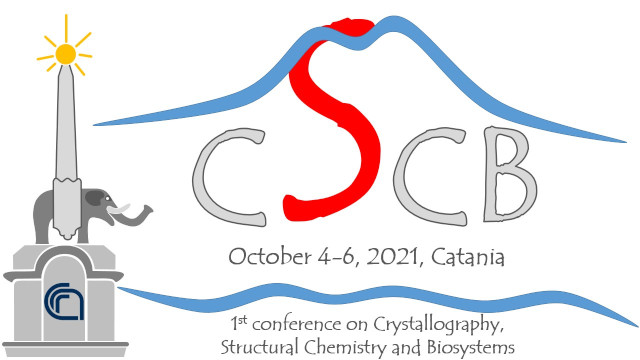Speaker
Description
Alzheimer’s disease (AD) is the most common cause of senile dementia affecting more than 50 million people worldwide. AD is a disorder of the central nervous system, clinically characterized by progressive loss of memory and other cognitive skills. Unfortunately, there is no cure for AD.
The major pathophysiological hallmark is the formation of amyloid deposits with a common β-sheet structure1. Amyloid plaques are the results of a long process initiated with the seeding and production of smaller aggregated soluble forms of Aβ called oligomers. They are the underlying toxic species responsible for synaptic dysfunction in the brains of AD patients.
Our research focus on development of new compounds able to interfere with the early stages of the aggregation process of the Aβ peptides. Our compounds could be of interest as potential drug candidates AD therapy. We designed and synthesized a series of di-functional systems explicating synergic and/or additive actions to counteract the adverse effects of Aβ aggregated forms2, 3.
In particular, we covalently linked a cationic metallo-porphyrin with the well-known Aβ-recognizing KLVFF amino acid sequence4. The peptide conjugation to the porphyrin macrocyclic was first accomplished via the formation of an amide. A second generation was obtained in good yields using a click chemistry approach.
In this communication, we describe the different synthesis approach and the ability of the conjugated porphyrin peptides to interact with Aβ, together with the role of metal ions (Zn or Cu) at the core of porphyrin macrocycle in assisting the recognition process.5
The interaction between the peptide conjugate and Aβ was studied by using an array of different biophysical techniques including Dynamic Light Scattering (DLS), far-UV, Circular Dicroism (CD), Fluorescence spectroscopy and MALDI-TOF-MS.
References
1. Tay W. M., Huang D., Rosenberry T. L., Paravastu A. K., J. Mol. Biol. 2013, 425, 2494–2508.
2. De Bona P., Giuffrida M. L., Caraci F., Copani A., Pignataro B., Attanasio F., Cataldo S., Pappalardo G., Rizzarelli E., Journal of peptide science: an official publication of the European Peptide Society, 2009, 15(3), 220-228
3. Sinopoli A., Giuffrida A., Tomasello M.F., Giuffrida M.L., Leone M., Attanasio F., Caraci F., De Bona P., Naletova I., Saviano M., Copani A., Pappalardo G., Rizzarelli E.,ChemBioChem, 2016, 17(16), 1541-1549.
4. Villari V., Tosto R., Di Natale G., Sinopoli A., Tomasello M., Lazzaro S., Micali N., Pappalardo G., Chem Select, 2017, 2 (28), 9122-9127

